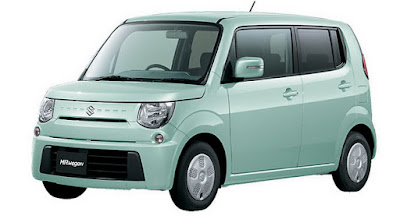
Honda P-NUT Concept,2009The Honda P-NUT Concept (Personal-Neo Urban Transport) demonstrates a futuristic concept for an ultra-compact and sophisticated city coupe, American Honda Motor Co., Inc., announced at the 2009 Los Angeles Auto Show.Conceived around a small "footprint" for maximum convenience in tight urban settings, the packaging concept integrates a center driving position configuration and a rear powertrain layout. The exterior styling...





















